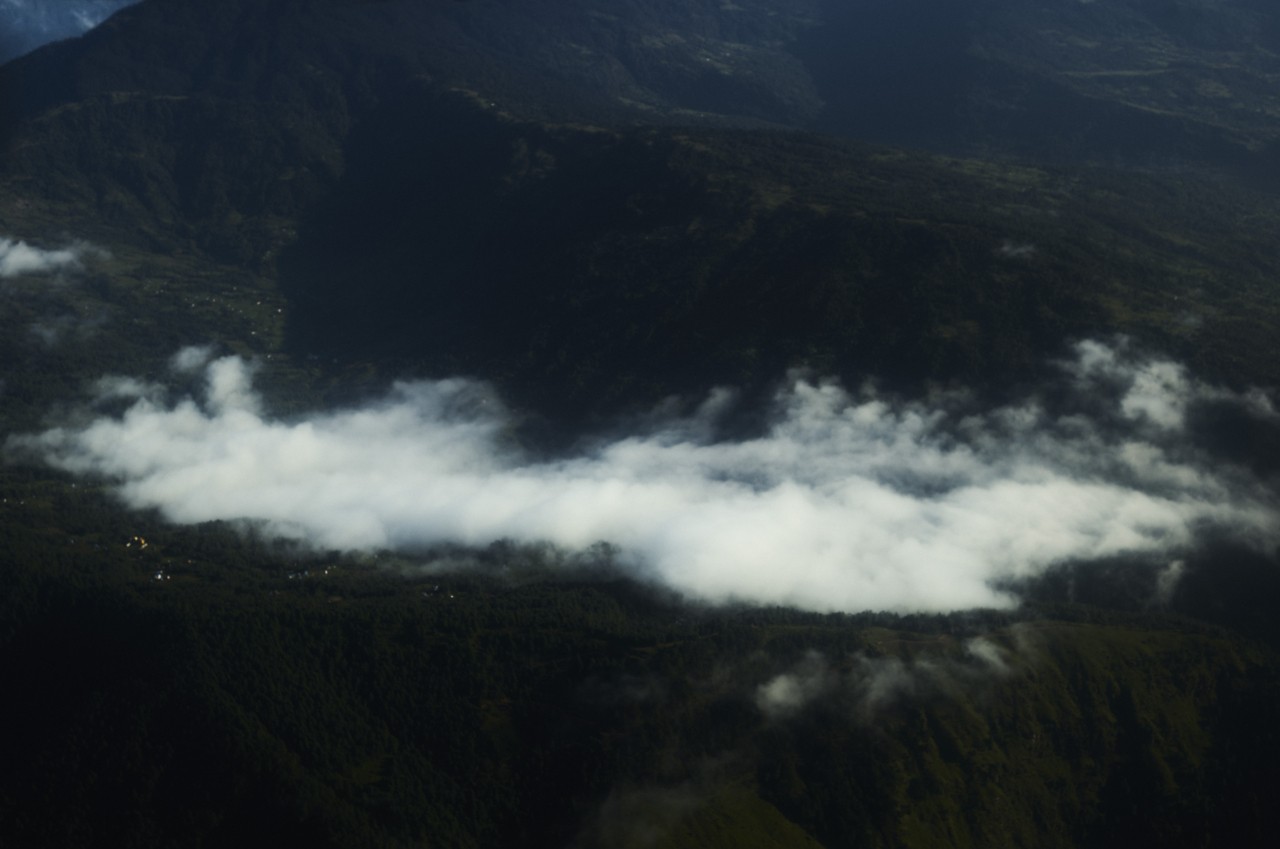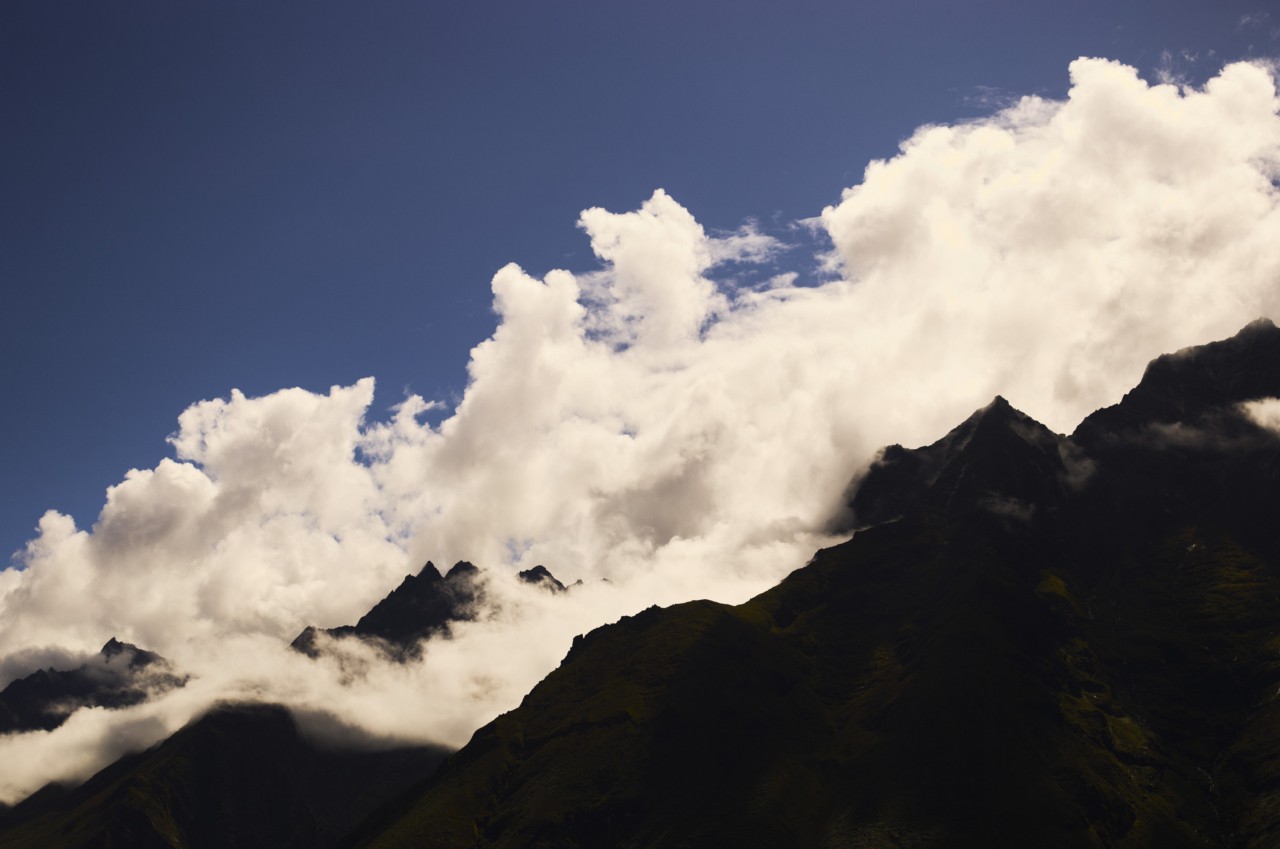

PHOTOGRAPHS BY LAURENCE ELLIS
As climate physicist Ellie Highwood wrote in Carbon Brief, clouds are “both breathtakingly beautiful and infernally infuriating.” That awe and fury are symptoms of the same traits: that no two clouds are the same, and they’re in a constant state of transformation. For Atmos Volume 10: Afterlife, photographer Laurence Ellis traveled to the Himalayas to capture the drifting skyborne masses and their ever-changing form.
Clouds are a gateway into one’s imagination. They tempt us into pareidolia—to see meaning in their ambiguous shapes. Squint hard enough, and you might make out a face, an animal, or an omen. The whimsical masses of water droplets have been muses for music and poetry for centuries: Joni Mitchell crooning “It’s cloud illusions I recall, I really don’t know clouds at all,” or Percy Shelley writing “I pass through the pores of the ocean and shores; I change, but I cannot die.” Clouds’ illusive nature is quick to spark our imaginations.

But for climate scientists, that eternal metamorphosis can be vexing.
Clouds are one of the largest points of uncertainty in climate change models. The processes governing how they form, mutate, and dissolve occur at scales ranging from below a micrometer to thousands of kilometers. That makes them virtually impossible to simulate. Powerful computers can mimic cloudscapes for a few days and across a few square kilometers, but it’s not yet possible to do so across the planet over centuries or millennia.


Additionally, clouds affect planetary temperatures in different ways. Thinner clouds at high altitudes tend to heat the planet because they’re made of tiny ice crystals that trap heat on Earth, while the ones close to Earth mostly cool the planet by reflecting sunlight. Scientists predict that the insulating, high-altitude clouds will lift in the atmosphere as the planet warms, which will cause them to trap more heat. Then, there are the cooling, low-altitude clouds which have begun to disappear in recent years, partially contributing to record-high global temperatures.
In the Himalayas, rainfall provides water to about 800 million people. The clouds here—dense, big, and often swirling due to the mountainous landscape—play a crucial role in transporting that water across the mountain range, driven by powerful winds. Ellis’ photographs capture these imposing masses as they move across Asia’s largest mountain range.

This story first appeared in Atmos Volume 10: Afterlife with the headline, “As Above.”
In the natural world, nothing goes to waste. Matter constantly decomposes and reconstitutes in new shapes. Atmos Volume 10: Afterlife seeks to answer the question: what comes next?
Chasing Clouds: Photos Capture Views From the Top
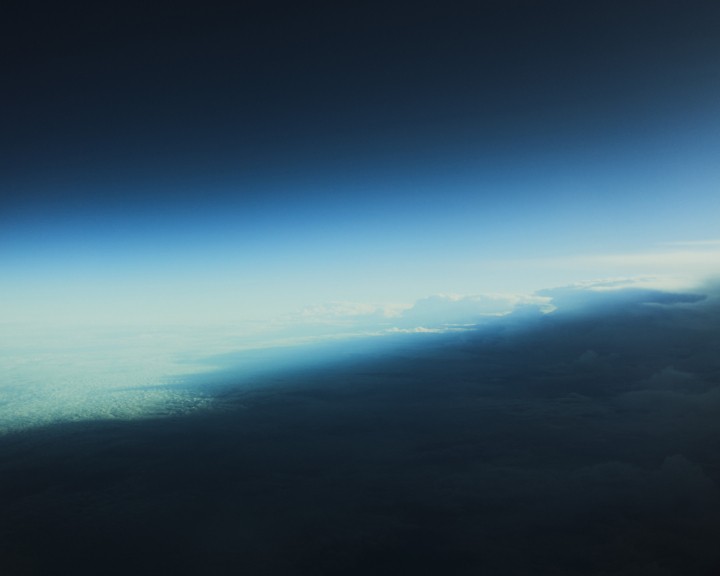

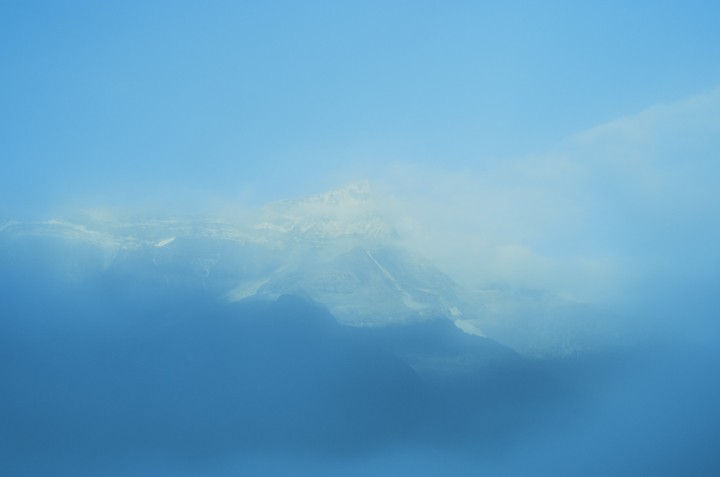

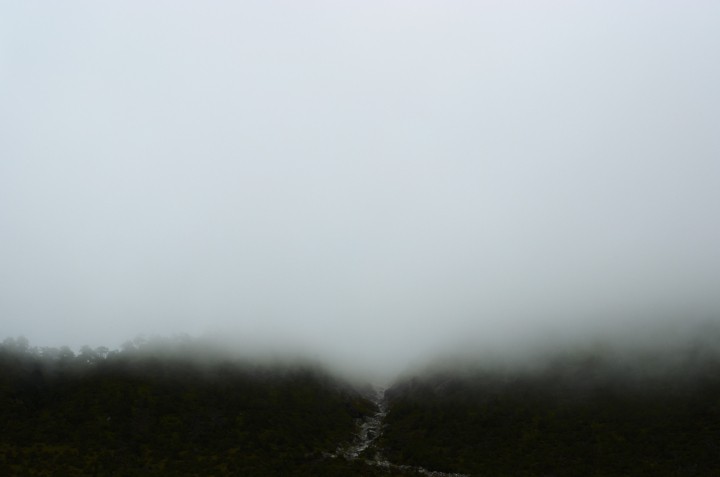

Chasing Clouds: Photos Capture Views From the Top
